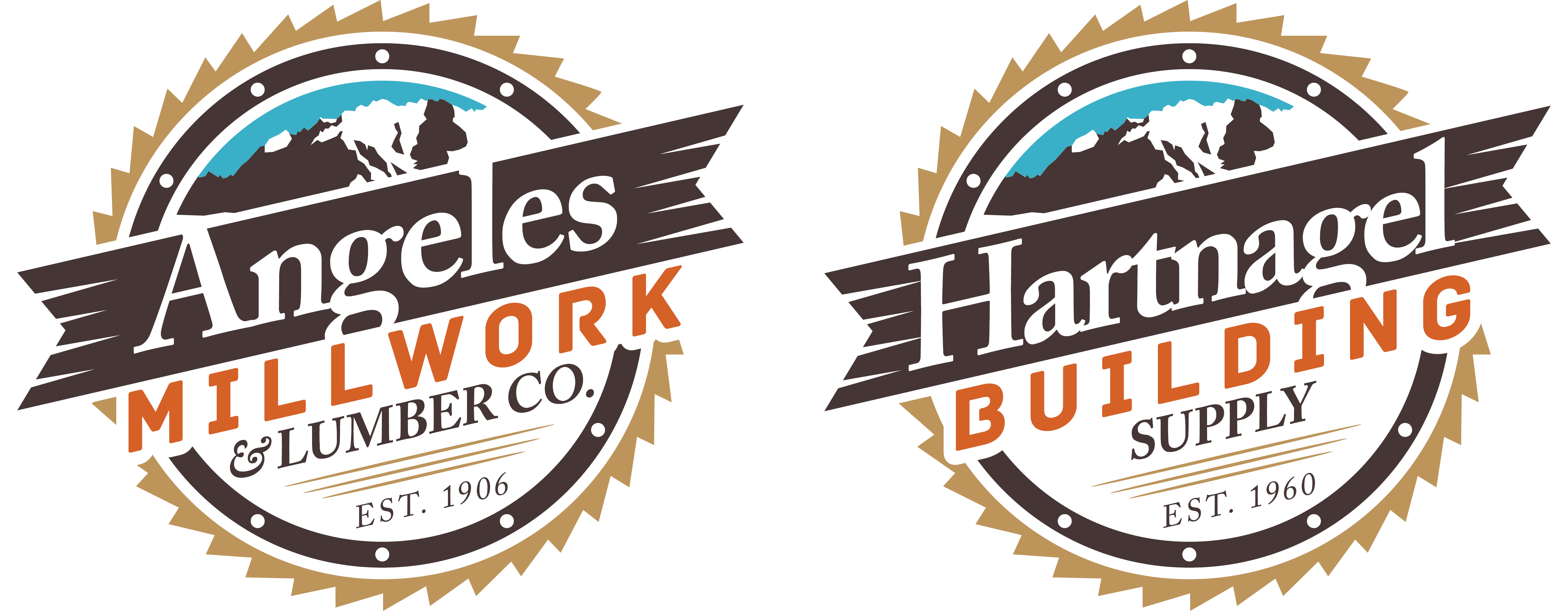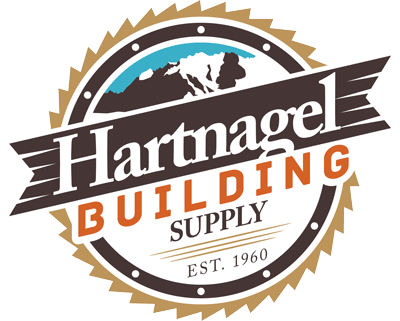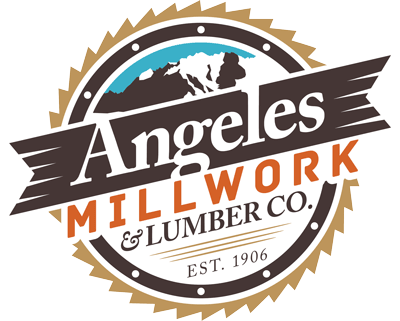Our treated lumber products are durable and designed for outdoor construction.
- Use for structural lumber, sill plates, patios, decks, garden edging, and landscaping structures.
- Use hot-dip galvanized, stainless steel, or other fasteners and hardware as recommended by the hardware manufacturer with treated woods.
Sizes normally in stock listed below.
| Pressure Treated Lumber | 8′ | 10′ | 12′ | 14′ | 16′ | 18′ | 20′ |
| 2×4 | X | X | X | X | X | X | X |
| 2×6 | X | X | X | X | X | X | X |
| 2×8 | X | X | X | X | X | X | X |
| 2×10 | X | X | X | X | X | X | X |
| 2×12 | X | X | X | X | X | X | X |
Please talk to a customer service representative for special orders.
Care and Maintenance for treated wood products
Apply a weather-resistant finish – Any exposed wood, pressure treated or not, should be protected with a high-quality water repellent finish to reduce warping, checking, and splitting. Wait until the surface is completely dry.
Fastener Information – Our preserved wood products are designed for long-term performance in outdoor applications and, therefore, require high quality, corrosion resistant nails, screws, and hardware. Use hot-dip galvanized (conforming to ASTM Standards: ASTM-A153 for hot-dip fasteners and ASTM-A653, Coating Designation G-185 for hot-dip connectors and sheet products), stainless steel, or other fasteners and hardware as recommended by the hardware manufacturer. Direct contact of preserved wood with aluminum fasteners is not recommended.
Drill pilot holes – Drill pilot holes, especially when nailing or screwing near the edge or end of a board. Pilot holes will help minimize splitting.
Deck board spacing – During construction, should the wood become wet, butt deck boards together. As drying occurs, some shrinkage can be expected. If the wood is dry, allowing for shrinkage is not necessary.
Important Information
- Do not burn preserved wood.
- Wear a dust mask and goggles when cutting or handling wood.
- Wear gloves when working with treated wood.
- All sawdust and construction debris should be cleaned up and disposed of after construction.
- After working with the wood wash exposed areas thoroughly.
- Wash work clothes separately from other household clothing before reuse.
- Preserved wood should not be used where it may come into direct or indirect contact with drinking water, except for uses involving incidental contact such as fresh water docks and bridges.
- Do not use preserved wood under circumstances where the preservative may become a component of food, animal feed, or beehives.
- Do not use preserved wood for mulch.



